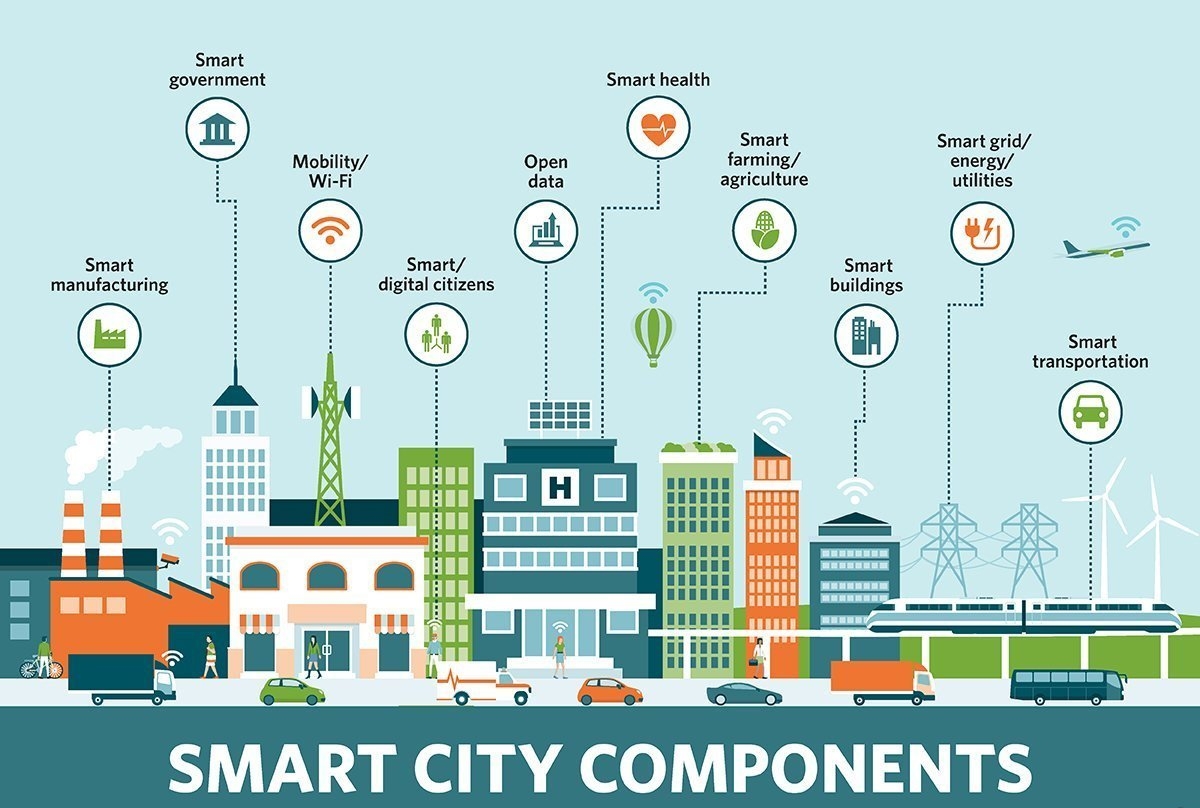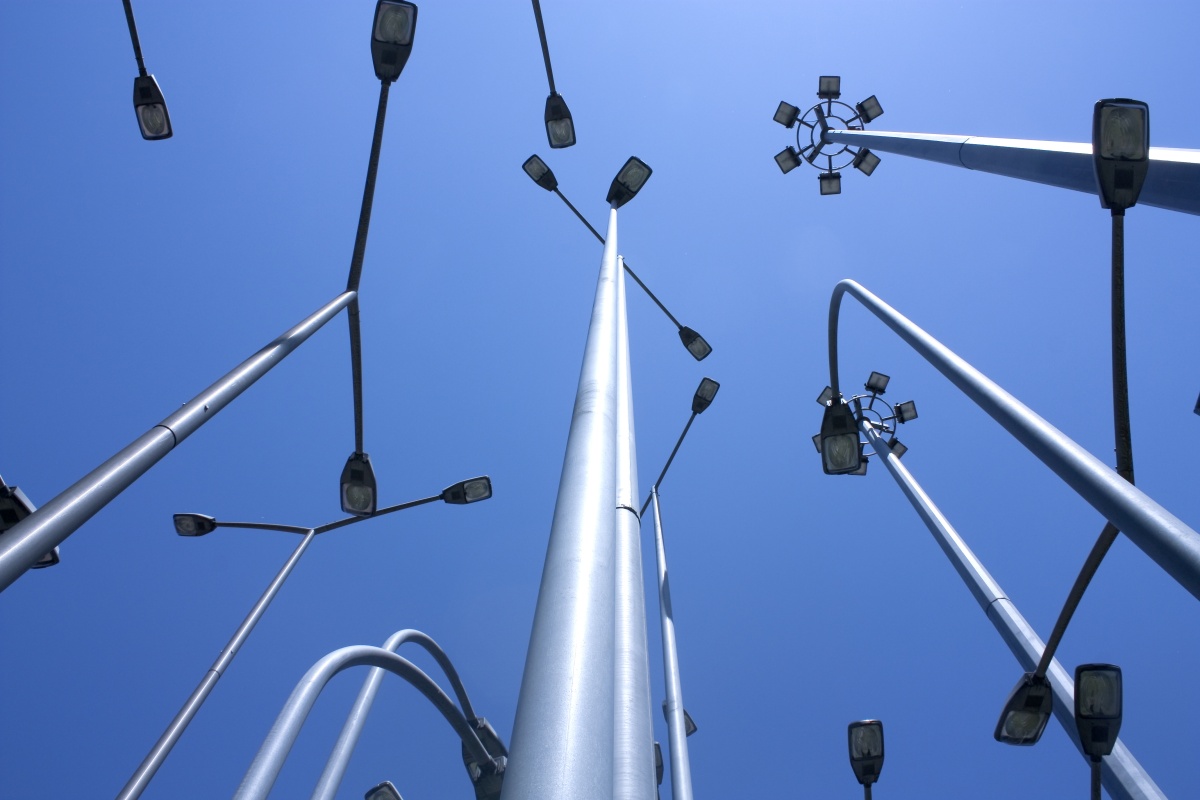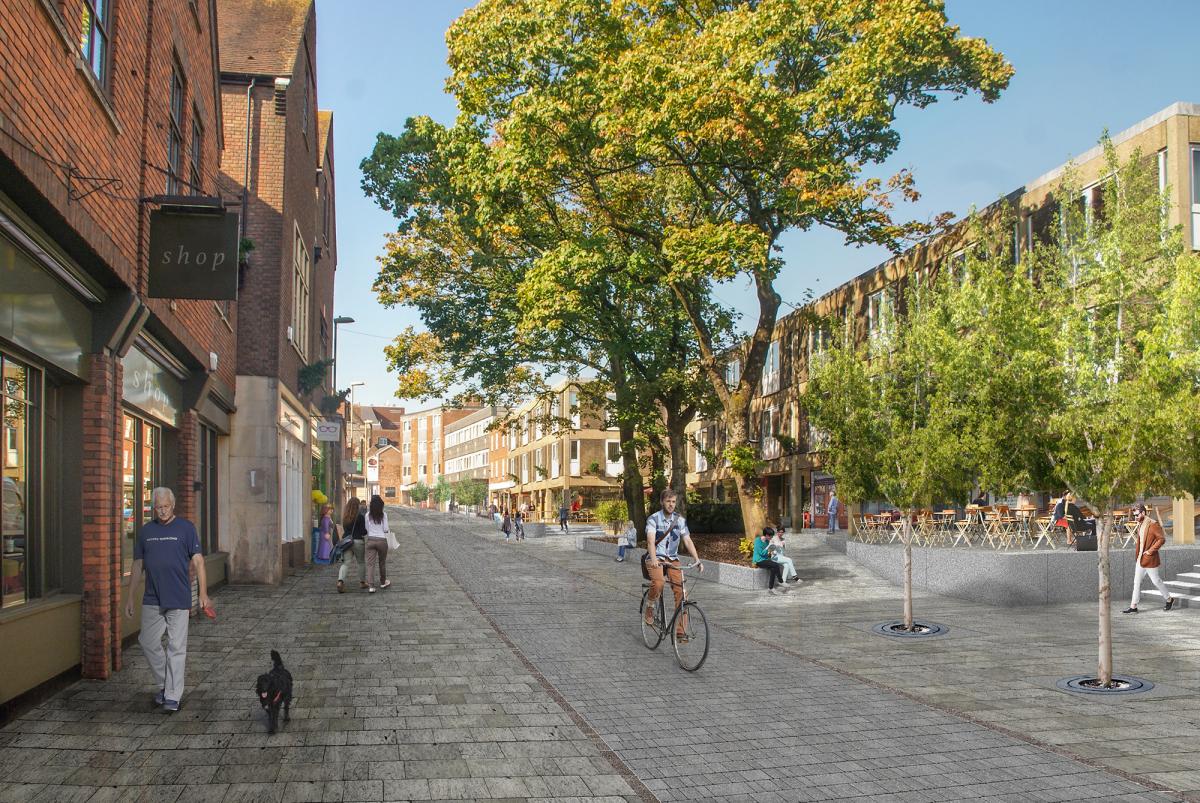- 50 reads


2020 is not only starting a new decade but also implementing a wide variety of new trends that will turn our regular cities into smart hubs of the future. The experts in innovation are introducing new ideas and speculations than ever before, so we can expect to be surprised by what 2020 brings. In order to start your year on the right foot, here are a few trends that will influence smart cities of the new decade and improve every citizen’s life.
Future-oriented design
One of the most annoying and wasteful things about city planning is digging through concrete and pavement in order to update the same streets every few years. Well, thanks to better education among city planners about future possibilities, they can develop a better plan that will work in the long run. Here’s an example: mounting basic security cameras without installing fiber connectivity will require an expensive and painstaking process of upgrading in order to add facial recognition cells to the cameras. This can all be avoided with the trend of being future-oriented when it comes to design and technology.
5G network

5G network will server smart cities like nothing before. It can find its role in parking, smart meters, surveillance cameras, traffic management, waste management, coordination of different emergency service departments and many other parts of city life. Companies like Uber, Grab and Netflix are here thanks to 4G mobile wireless infrastructure, so we can expect the same number of amazing innovations to spark from the 5G network.
Electrification
As we are all taking a better look at our climate goals, we understand that it’s not smart to invest in infrastructure that will guzzle fossil fuels for the next 30 years. Since buildings play a big role in city emission, some of the urban environments are planning to ban natural gas infrastructure and turn to electrification. New buildings also require electric vehicle capable parking spaces and electric vehicle supply chain equipment.
Smart lighting

Incandescent lighting is slowly disappearing from our cities and getting replaced with much more efficient LED lighting. Due to the high frequency of pedestrians and vehicles, public spaces like intersections, airports, metros and train stations require 24/7 lighting that’s fully operational, durable, energy-efficient and easy to maintain. This LED solutions manufacturer from Europe offers new and efficient street LED lamps that can be integrated into SmartCity strategies to provide their users with presence control, daylight sensors and other lighting systems that will boost the flow of people and vehicles.
Hovenrings
Many cities are overburdened with commuters entering the city every day which makes for your busy intersections not suitable for cyclists. And since more and more people are choosing to pedal their way into the city, this is a problem that needs to be handled. The small city of Eindhoven in The Netherlands found a solution that might pop up in your city soon—a Hovenring. This dedicated bike road is actually a steel deck suspended above the traffic allowing the cyclists to avoid all the stop-and-go. The ring is dressed up in LEDs and equipped with a gentle approach ramps all kinds of commuters can use. This elegant solution might find its way into other cities as well, especially those with a big cycling community.
Car-free zones

Car use is a big issue for many parts of the world and many urban centers are talking about eliminating them from the busiest areas. London has a car-free day while San Francisco has a plan to ban cars in the downtown area of Market Street. New York also has some changes planned, mainly adding dedicated busways. Mobility hubs are also growing all over the world. These hubs encourage people to leave cars at home and hop onto bikes, scooters and buses.
Flying cars
Investments in electric vertical take-off and landing aircraft or eVTOLs or “flying cars” are literally skyrocketing. Uber will start their flying taxi service testing in 2020. They also have plans to conduct public tests in various spots in the world and showcase their plans for “skyports” made for take-off and landing. Big names like Intel and Tencent all invest millions into these revolutionary transport ideas because they see the potential they have when it comes to shaping cities and they definitely want to have a say when those changes become reality.
Smart cities will boost efficiency, reduce pollution and costs, generate new sources of financial gain and improve the lives of all people involved in the project. With good planning strategies, creative solutions and approaches and citywide networks of fiber rollouts, cities of 2020 will move forward and truly give us a fresh start.

